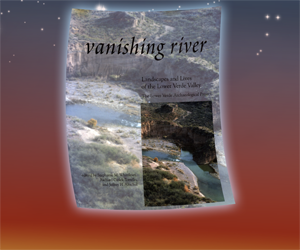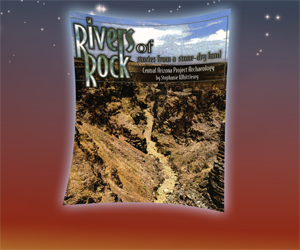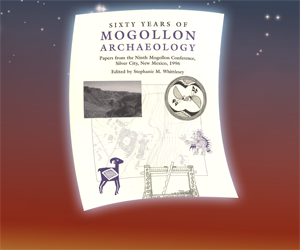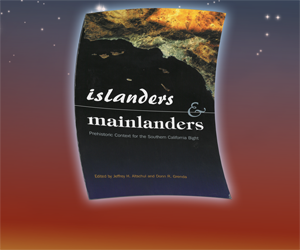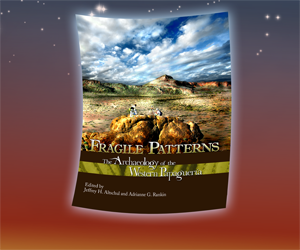The Roosevelt Rural Sites Study, Volume 2: Prehistoric Rural Settlements in the Tonto Basin, Part 2
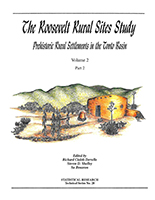
Edited by Richard Ciolek-Torrello, Steven D. Shelley, and Su Benaron
Technical Series 28, Vol. 2, Part 2
419 pp. / 1994
The Roosevelt Rural Sites Study (RRSS) was one of three data recovery mitigative studies that the Bureau of Reclamation funded to investigate the prehistory of the Tonto Basin in the vicinity of Theodore Roosevelt Dam. The series of investigations constituted Reclamation’s program for complying with historic preservation legislation as it applied to the raising and modification of Theodore Roosevelt Dam. Reclamation contracted with Statistical Research, Inc., to conduct this study.
The RRSS was a two-year mitigative data recovery designed to study small habitation, agricultural, and resource-processing sites, which are located away from the main centers of prehistoric habitation in the Tonto Basin, and to contribute to an ongoing synthetic study of Tonto Basin prehistory. The specific research focus of the RRSS in Reclamation’s overall compliance program was the evolution of prehistoric rural land-use systems in the Tonto Basin. Twenty-nine prehistoric sites grouped into six study areas located in the bajada zone surrounding the lake on lands administered by the Tonto National Forest comprise the data base for this study.
The RRSS Volume 2, the second of three volumes, presents the results of two phases of archaeological data recovery at the sites selected by Reclamation to provide the primary data base for the RRSS. The original data base consisted of 29 prehistoric sites grouped in six study areas located in the bajada zone surrounding the lake, on lands administered by the Tonto National Forest. This number was reduced to 27 after 2 sites were deleted from further consideration following the first phase of data recovery. Many of these sites, however, contained multiple components representing either different ages or settlement classes. Eight farmsteads and small hamlets ranging in age from the Sacaton phase (around A.D. 1000–1150) to the Roosevelt phase (around A.D. 1250–1350) were intensively investigated. All represented short-term occupations of less than 100 years by groups of one to three households. The majority of the sites consisted of temporarily or seasonally occupied field houses dating to the Miami (A.D. 1150–1250), Roosevelt, and possibly Gila (A.D. 1350–1450) phases of the Classic period. In addition, three Classic period sites were associated with run-off control and water conservation technology. The two larger sites contained many rock piles, checkdams, and linear borders associated with roasting pits and mescal knives.
The field houses and agricultural sites reveal that the bajada zone was utilized for corn and agave cultivation. Residence was small in scale, short-term, and primarily limited to the lower edge of the bajada overlooking the floodplain terraces. This land-use pattern was apparently initiated in the early Sedentary period and climaxed in the Roosevelt phase of the Classic period. Traces of an earlier Archaic and later Apache occupation was evidenced at several sites, although little could be determined in regard to the nature of land use during these periods.
The chapters in this volume document the field excavations and present the results of the analyses of material culture and faunal and human remains. This volume concludes with an analysis of rural settlement classes that synthesizes the project data with those from previous studies of small Formative period sites in the region and a preliminary reconstruction of Formative period land-use patterns.

